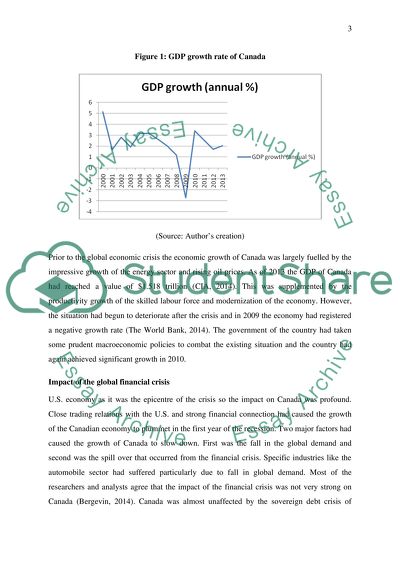Cite this document
(“You need to select one of the countries listed below and carried out Essay”, n.d.)
You need to select one of the countries listed below and carried out Essay. Retrieved from https://studentshare.org/macro-microeconomics/1672601-you-need-to-select-one-of-the-countries-listed-below-and-carried-out-research-about-how-monetary-policy-has-been-performed-in-that-country-in-particular-you-are-expected-to-analyse-how-monetary-policy-has-been-used-to-deal-with-the-effects-if-any-of-t
You need to select one of the countries listed below and carried out Essay. Retrieved from https://studentshare.org/macro-microeconomics/1672601-you-need-to-select-one-of-the-countries-listed-below-and-carried-out-research-about-how-monetary-policy-has-been-performed-in-that-country-in-particular-you-are-expected-to-analyse-how-monetary-policy-has-been-used-to-deal-with-the-effects-if-any-of-t
(You Need to Select One of the Countries Listed below and Carried Out Essay)
You Need to Select One of the Countries Listed below and Carried Out Essay. https://studentshare.org/macro-microeconomics/1672601-you-need-to-select-one-of-the-countries-listed-below-and-carried-out-research-about-how-monetary-policy-has-been-performed-in-that-country-in-particular-you-are-expected-to-analyse-how-monetary-policy-has-been-used-to-deal-with-the-effects-if-any-of-t.
You Need to Select One of the Countries Listed below and Carried Out Essay. https://studentshare.org/macro-microeconomics/1672601-you-need-to-select-one-of-the-countries-listed-below-and-carried-out-research-about-how-monetary-policy-has-been-performed-in-that-country-in-particular-you-are-expected-to-analyse-how-monetary-policy-has-been-used-to-deal-with-the-effects-if-any-of-t.
“You Need to Select One of the Countries Listed below and Carried Out Essay”, n.d. https://studentshare.org/macro-microeconomics/1672601-you-need-to-select-one-of-the-countries-listed-below-and-carried-out-research-about-how-monetary-policy-has-been-performed-in-that-country-in-particular-you-are-expected-to-analyse-how-monetary-policy-has-been-used-to-deal-with-the-effects-if-any-of-t.


